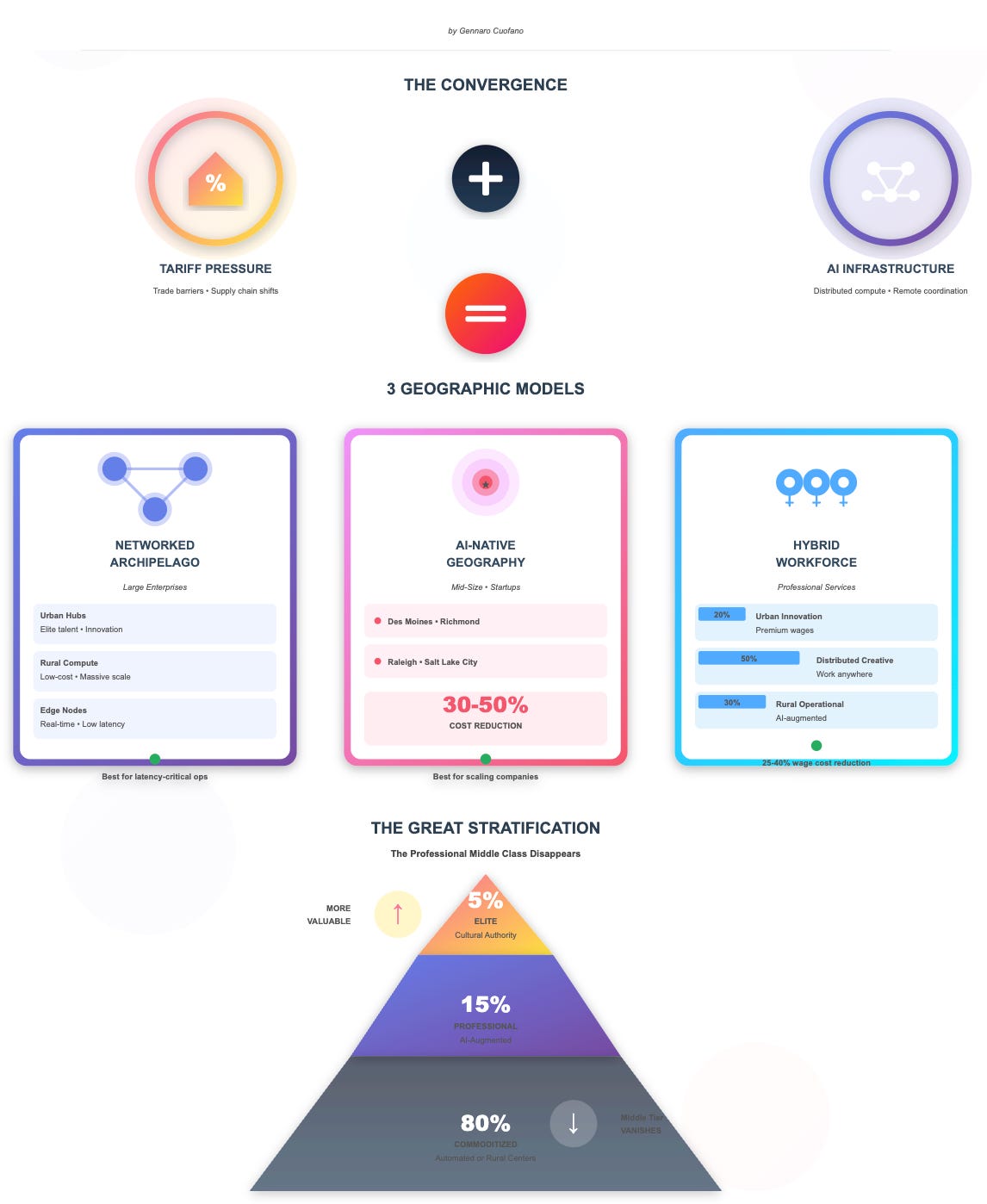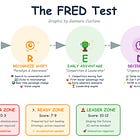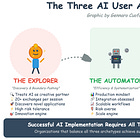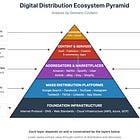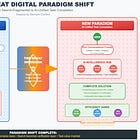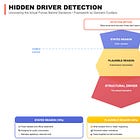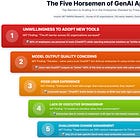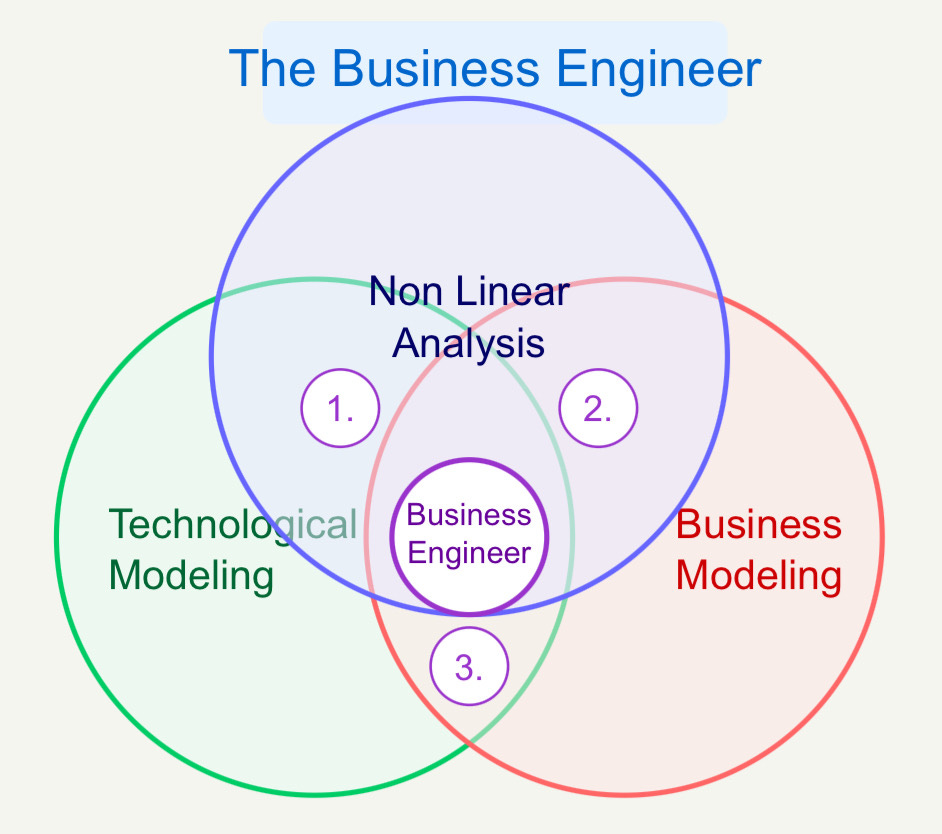This Week In AI Business: The CEO's Guide to Thriving in the Tariff Era [Week #42-2025]
The convergence of escalating trade barriers and artificial intelligence infrastructure is creating a once-in-a-generation opportunity to fundamentally restructure how enterprises create and capture value across geography.
In previous issues, I’ve tackled this from different perspectives:
While most companies view tariffs as a cost problem to be minimized, forward-thinking CEOs recognize them as a forcing function that accelerates necessary transformations in supply chain architecture, talent distribution, and operational models—transformations that AI now makes possible at unprecedented scale and speed.
This guide provides a strategic framework for CEOs to navigate the tariff landscape not through defensive cost reduction, but through offensive organizational redesign that leverages AI infrastructure to build enduring competitive advantages.
Read Also:
The weekly newsletter is in the spirit of what it means to be a Business Engineer:
We always want to ask three core questions:
What’s the shape of the underlying technology that connects the value prop to its product?
What’s the shape of the underlying business that connects the value prop to its distribution?
How does the business survive in the short term while adhering to its long-term vision through transitional business modeling and market dynamics?
These non-linear analyses aim to isolate the short-term buzz and noise, identify the signal, and ensure that the short-term and the long-term can be reconciled.


![This Week In AI Business: How AI Infrastructure Is Rewriting the Economy [Week #40-2025]](https://substackcdn.com/image/fetch/$s_!iwJn!,w_140,h_140,c_fill,f_auto,q_auto:good,fl_progressive:steep,g_auto/https%3A%2F%2Fsubstack-post-media.s3.amazonaws.com%2Fpublic%2Fimages%2F625092f5-b8bf-4843-9375-93affc33a405_2218x1408.png)
![This Week In AI Business: AI Technology Bubble Analysis [Week #35-2025]](https://substackcdn.com/image/fetch/$s_!pkd2!,w_140,h_140,c_fill,f_auto,q_auto:good,fl_progressive:steep,g_auto/https%3A%2F%2Fsubstack-post-media.s3.amazonaws.com%2Fpublic%2Fimages%2Fc6d426bc-a100-44fb-b159-47c64a21662f_1290x1332.png)
